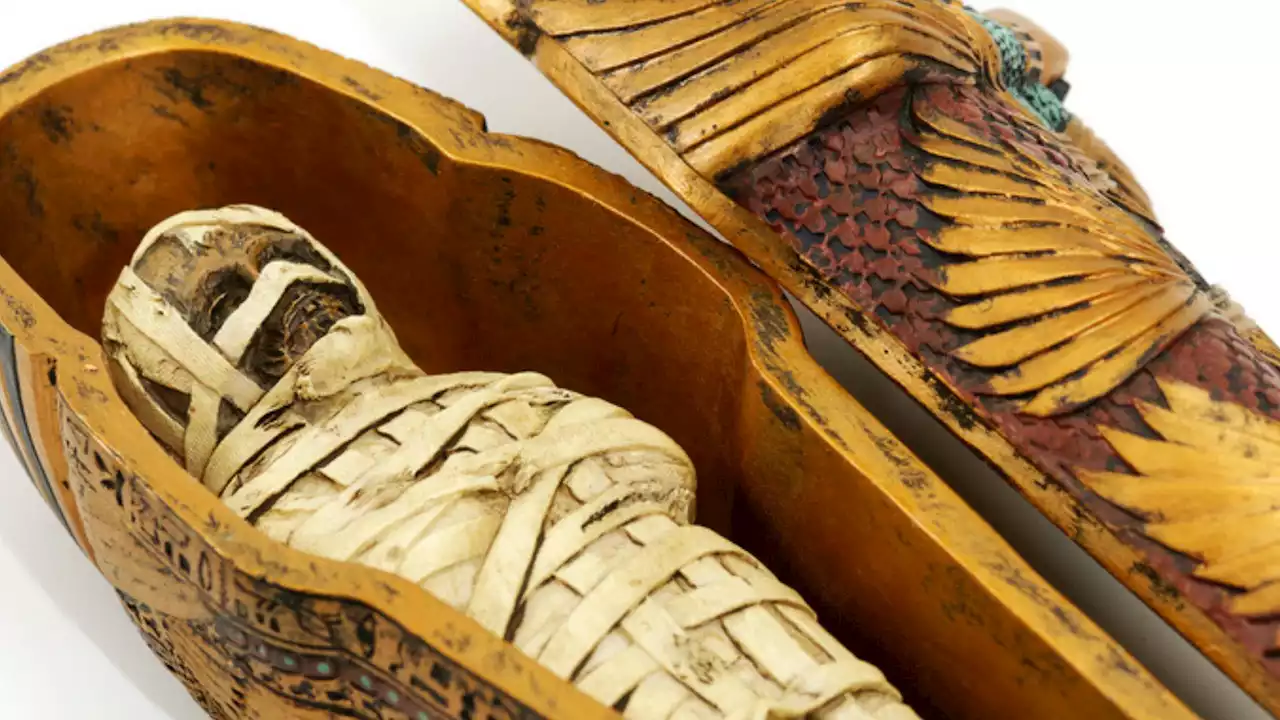A decade after hundreds of Egyptians were killed in a single day when security forces dispersed a sit-in protest in Cairo, a new report released by a human rights group to coincide with the anniversary of the massacre has claimed that authorities debated but ultimately rejected potentially less lethal options to break up the demonstration.
Egypt witnessed one of its bloodiest days on August 14, 2013, when security forces used automatic weapons, armored personnel carriers and bulldozers to crush a sit-in demonstration in Cairo’s Rabaa Al-Adawya Square, where thousands of Egyptians had gathered for weeks to protest the military’s removal of democratically-elected President Mohamed Morsy. Official accounts put the death toll at around 600 people, including several members of the security forces.
, is that it includes “transcripts of witness testimonies” that show how officials decided to disperse the protest. “This is the first time that we have official evidence… that the ministry considered two options in detail, and the reason for why they were dismissed or abandoned before the operation,” Bahgat told CNN.
. “The government has opted for the first option, as the leaders in the sit-in had gone beyond that which is fathomable or appropriate,” the report added. According to report also contradict the 2014 summary, which said that the sit-in was “not peaceful neither before nor during the dispersal,” even if “it started as such.” “The larger number of Rabaa victims were innocent civilians who were most likely peaceful demonstrators,” the
United States Latest News, United States Headlines
Similar News:You can also read news stories similar to this one that we have collected from other news sources.
 Ancient Egyptians used crocodile dung for birth control—and it kind of workedPlus a monkey who took a selfie and ignited a years-long legal battle and crow pooping antics, and more weird things we learned this week.
Ancient Egyptians used crocodile dung for birth control—and it kind of workedPlus a monkey who took a selfie and ignited a years-long legal battle and crow pooping antics, and more weird things we learned this week.
Read more »
 Mummies show anemia was common in ancient EgyptA team of scientists has found that 33 percent of ancient Egyptian child mummies examined showed signs of anemia.
Mummies show anemia was common in ancient EgyptA team of scientists has found that 33 percent of ancient Egyptian child mummies examined showed signs of anemia.
Read more »
 This tiny, 8-foot long whale swam off Egypt’s coast 41 million years agoThe animal, found in present-day Egypt, was named Tutcetus rayanensis, referring to the pharaoh Tutankhamun.
This tiny, 8-foot long whale swam off Egypt’s coast 41 million years agoThe animal, found in present-day Egypt, was named Tutcetus rayanensis, referring to the pharaoh Tutankhamun.
Read more »
 Ancient Civilizations News -- ScienceDailyArchaeology news. Articles on ancient Egypt, ancient Rome, ancient Greece and other civilizations.
Ancient Civilizations News -- ScienceDailyArchaeology news. Articles on ancient Egypt, ancient Rome, ancient Greece and other civilizations.
Read more »
